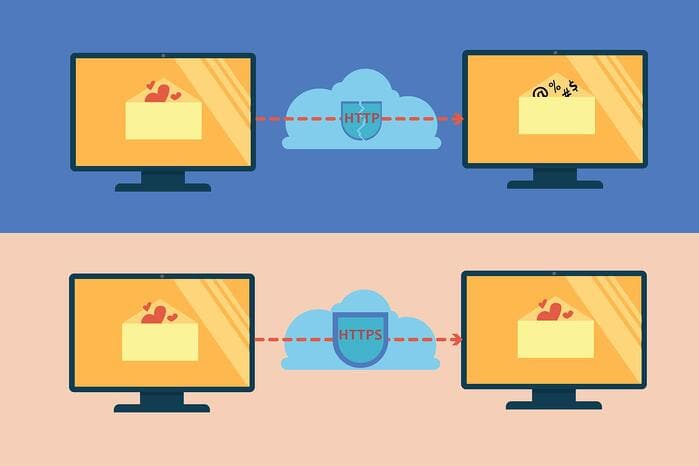HTTP Vs. HTTPS: Which One Is Better?
A lot of times, you simply type in the “www.” before the website you want to access. The HTTP or HTTPSs part often pops up as you are redirected and you don’t necessarily have to input it yourself to get where you want to go.
Understanding the difference between HTTP and HTTPS can help you determine which types of sites you are on and how you got there.
What it Stands For

The primary difference between HTTP and HTTPS is what the two stand for. They are both abbreviations for the longer term, which can give you a clue as to what you’re dealing with.
To start, HTTP stands for HyperText Transfer Protocol, while HTTPS stands for HyperText Transfer Protocol Secure. As you probably guessed, the major difference between HTTP and HTTPS is that HTTPS is more secure in protecting personal information than is HTTP.
GET Vs. POST HTTP Requests : What Are The Main Differences?
How do They Work

Both HTTP and HTTPS have their functions and if you spend a lot of time online, it’s a good idea to understand what the functions of each are. For a simple exchange of information, HTTP is most commonly used.
While many, many websites still use HTTP over HTTPS, the increase in hackers and people who can intercept information has grown, which is why HTTPS is often used for some websites.
When HTTPS comes into play, the information being exchanged is encrypted in between sources so that if someone were to intercept the transfer, they would not be able to read or understand what was being sent or received. This is done by using an SSL certificate to scramble the message.
Key Differences Between HTML and HTML5
What Sites Use Which One
General websites likely still use the HTTP website specification and you will see it in most places you visit for information or entertainment.
When you buy something online or input personal information, such as when you bank online, HTTPS is more often used because it prevents outside parties from intercepting personal data, such as your Social Security or National Insurance number, credit card information and personal data, so that private information cannot be stolen and used.
If you watch on such a website, you will often see the HTTP change to HTTPS when you attempt to do something that requires a certain sense of security when you’re online.
Other Important Information
When you see HTTPS rather than HTTP, you can assume that the information you plan to put online is sensitive and needs to be encrypted for your protection.
Certain browsers, such as Chrome, Firefox and Internet Explorer, will display a small padlock icon to indicate that you are entering a secure site denoted by HTTPS over HTTP.
Have a Look at These Articles Too:
- How Do USB 2.0 and USB 3.0 Vary?
- What Are The Differences Between 1080p And 1080i
- CC Vs BCC: What Are The Differences?
A summary of the differences between HTTP and HTTPS
HTTP |
HTTPS |
|
| What it stands for | HyperText Transfer Protocol | HyperText Transfer Protocol Secure |
| Purpose | General website usage | Added security on websites that collect personal information, including credit card data and social security numbers |
| Which websites use | Most websites, including entertainment and information sites | Online shopping and banking sites |
Now you understand how HTTP and HTTPS differ, why not sign up to our newsletter and we’ll help unravel more facts and mysteries of life.






